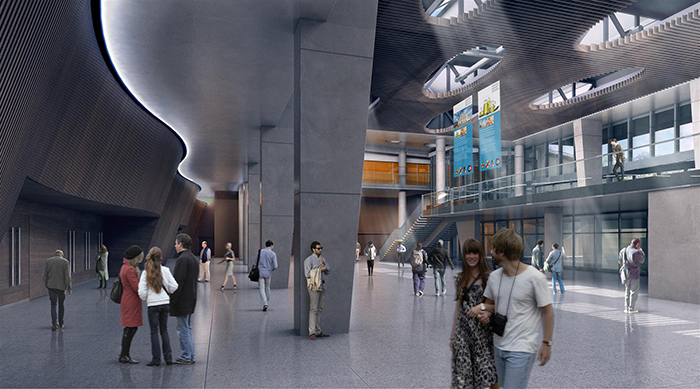Promising season ahead for HUEMULES
Huemules Mountain Reserve is a tourist project located in Estancia Huemules, on the Rivadavia Mountain Range, 22km from Esquel, Chubut province.
It will provide the purest contact with Nature without leaving aside the comfort of a big room with private bathroom, Patagonian cuisine and the kindest service, as well as a wide variety of adventurous activities within the marvelous view of our Patagonia.
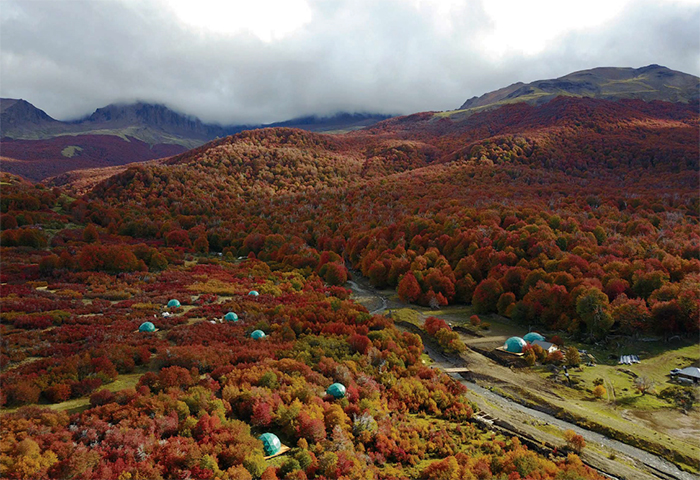
FEATURES:
6100 hectares of natural reserve with snowy mountain summits, streams and forests of original species. You will travel along 1100m of slopes and 50km of wild and rough roads. It is next to Los Alerces National Park.
DOMES:
10 domes (28m2 each)
Private bathroom, hot water
Wood replace
220v electricity
Deck and private balcony Panoramic views
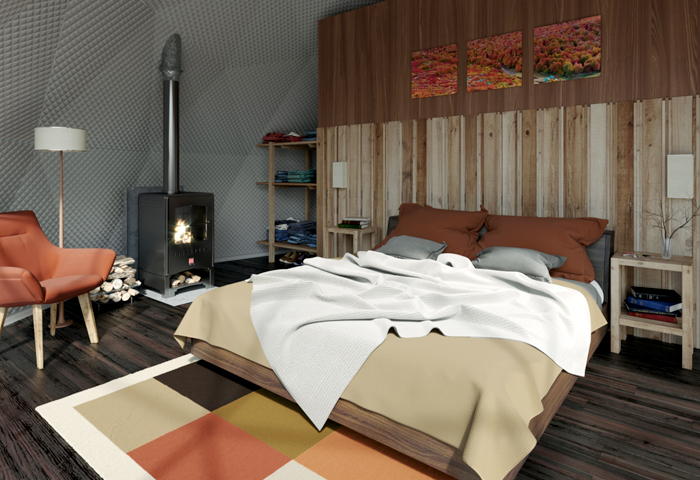
COMMON AREA:
Reception
Dinning room restaurant
Living room / Lounge
Bar
Public restrooms
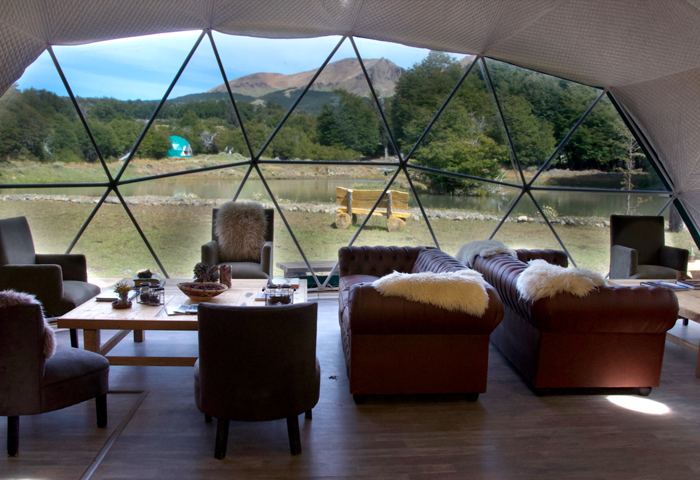
ACTIVITIES:
As regar entertainment that imply movement, we offer all kinds of recreational and sports outdoor activities during summer and winter.
Concerning relaxation, it is the impressive natural scenery of snowy mountains, forest and streams surrounded by silence and solitude that will provide the perfect atmosphere for relaxation and contemplation.
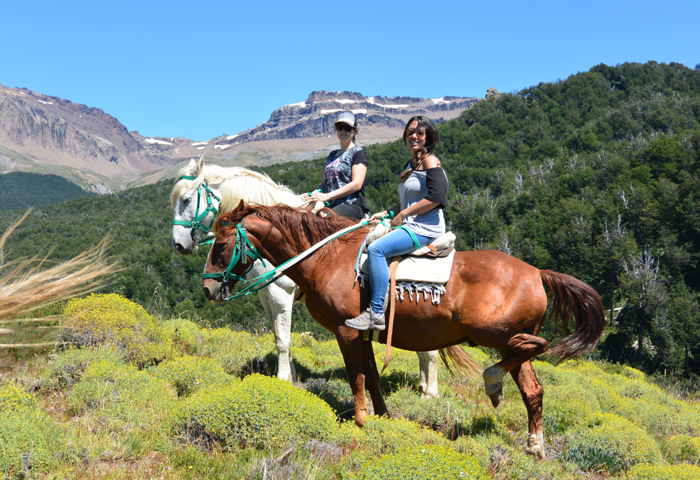
Summer:
Horse riding
Trekking
Mountain Bike
Flora and Fauna observation
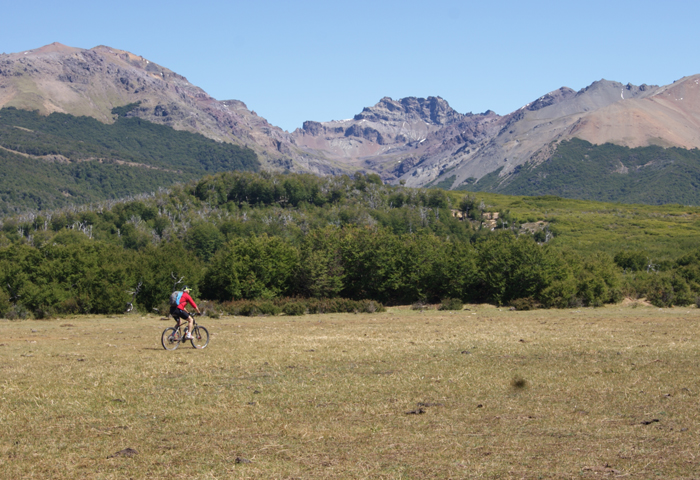
Winter:
Snowshoe Trekking
Horse riding in snowy forest
Ski Touring
Snowmobiles
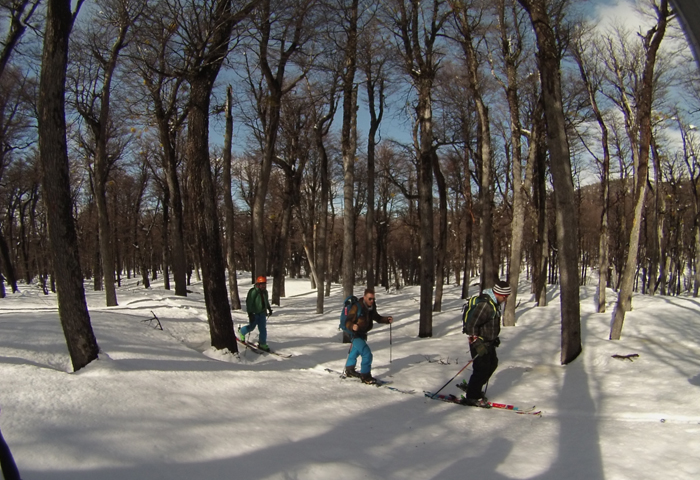
Rainbow Mountain becomes 2nd most visited destination in Peru.
Winikunka, more commonly referred to as the Rainbow Mountain located between Quispicanchi and Canchis provinces in the Andean region of Cusco, has become the second-most popular destination in Peru after the archaeological park of Machupicchu.
Information was confirmed by Cusco Governor Edwin Licona upon his return from Lima, where he met with Peruvian President Martin Vizcarra and government members to address the importance of this natural attraction in 2018.
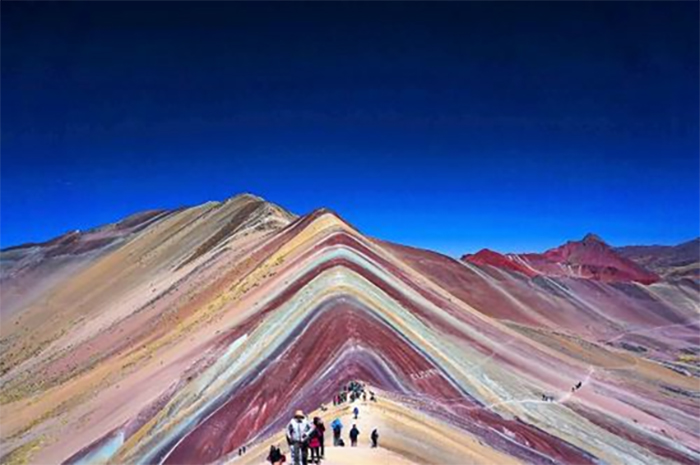
“Nowadays, there is evidence to prove tourists visit Cusco not only for its historical and archaeological sites recognized worldwide. Current figures show that the second-most visited site in Peru, after Machupicchu, is Winikunka,” he said.
Licona emphasized that Cusco has an environmental, ecosystem, and geographical potential in High-Andean, Andean, and Amazon regions, seeking intangible status with Regional Conservation Area declarations.
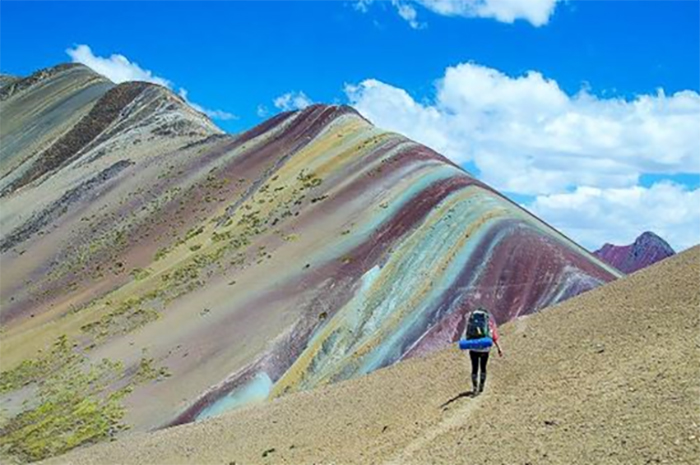
Cusco Regional Directorate of Foreign Trade and Tourism (Dircetur) Head Rosendo Baca told Andina news agency that —by the end of this month— more than half a million domestic and foreign tourists will have flocked to Winikunka this year.
According to off-season and peak-season figures, between 1,000 and over 1,500 (domestic and foreign) vacationers visited the area each day.
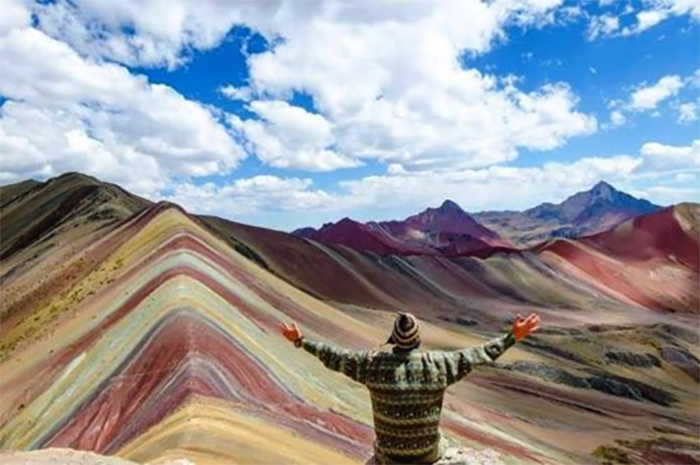
In fact, the seven-colored mountain welcomed plenty of locals, who were interested in its natural beauty.
Brand new hotel in San Pedro De Atacama
Hotel is inspired by the first travelers to San Pedro more than 30 years ago, its character comes from the land, good company and respect for its inhabitants and the environment.
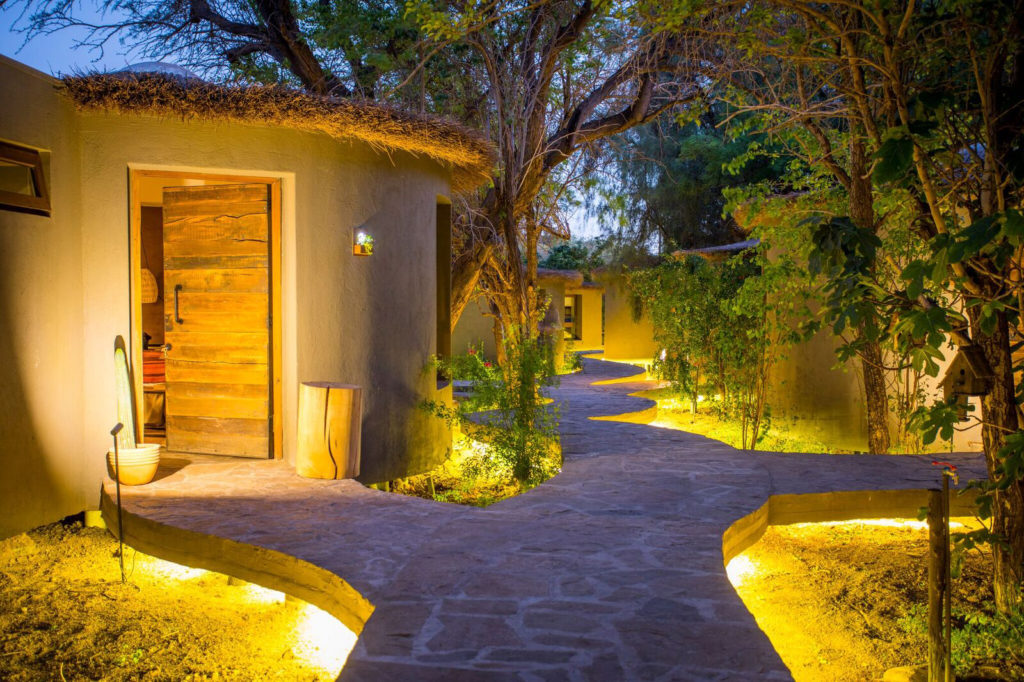
The architecture and interior design were carefully chosen so that you enjoy every moment in a warm place and a relaxed atmosphere. Thei lounge offers us the ideal environment to meet other fellow travelers and to relax and lower the revolutions after a day of excursions in the driest desert in the world.
The Turis (means “house” in local language Kunza) are your personal and intimate oasis and the magical corners your space to connect with San Pedro and with yourself. All Turis are an intimate and private space for us. Each independent from each other and distributed along an elevated path that respects the historical vegetation of the place.
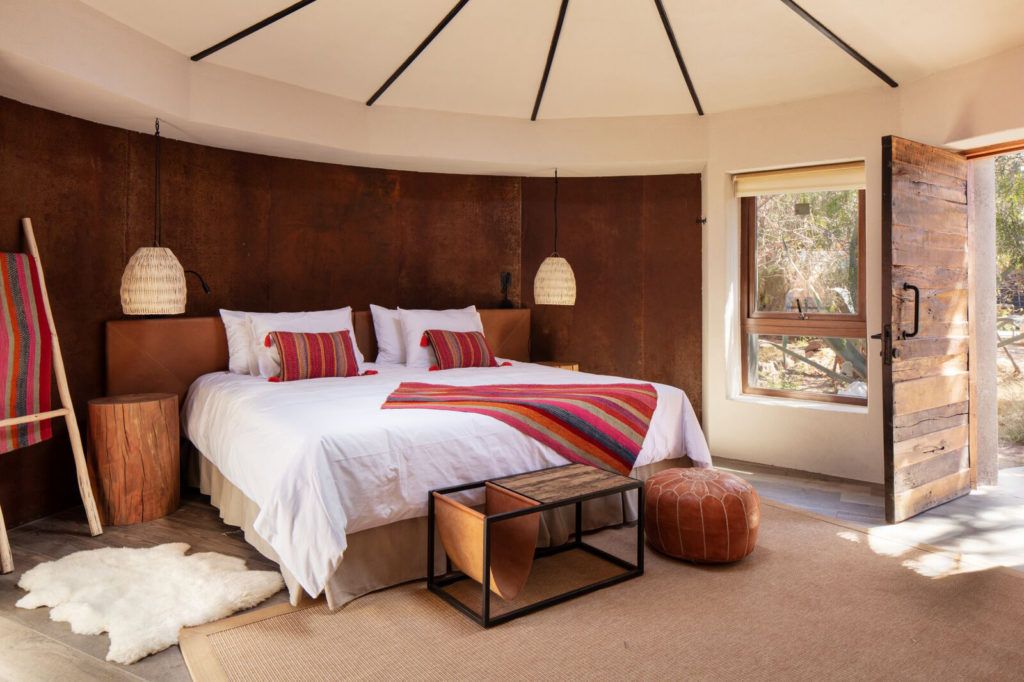
They are passionate about journeys, travelling and discovering. They want to be the perfect complement for that. Each area at Desertica is warm and simple but elegant, trying to bring the outside in.
Hotel was designed for a stay in equilibrium, at the same relaxed pace days go by at San Pedro de Atacama. Desertica was built on the grounds of an old Atacama vegetable garden, surrounded by pepper trees, chañar trees (Chilean palo verde) and algarrobos or Carob trees. They even decided to keep a canal irrigation system that has been used since San Pedro’s foundation. Thus, nativeness is their trademark and an authentic feature. They are sure that Desertica will be the starting point for our new experience at San Pedro de Atacama. Colours, textures, flavours and the feeling of being in a unique place on earth will keep our senses awake to new sensations. Experience, live and rest. Desertica is a journey back to the origin.
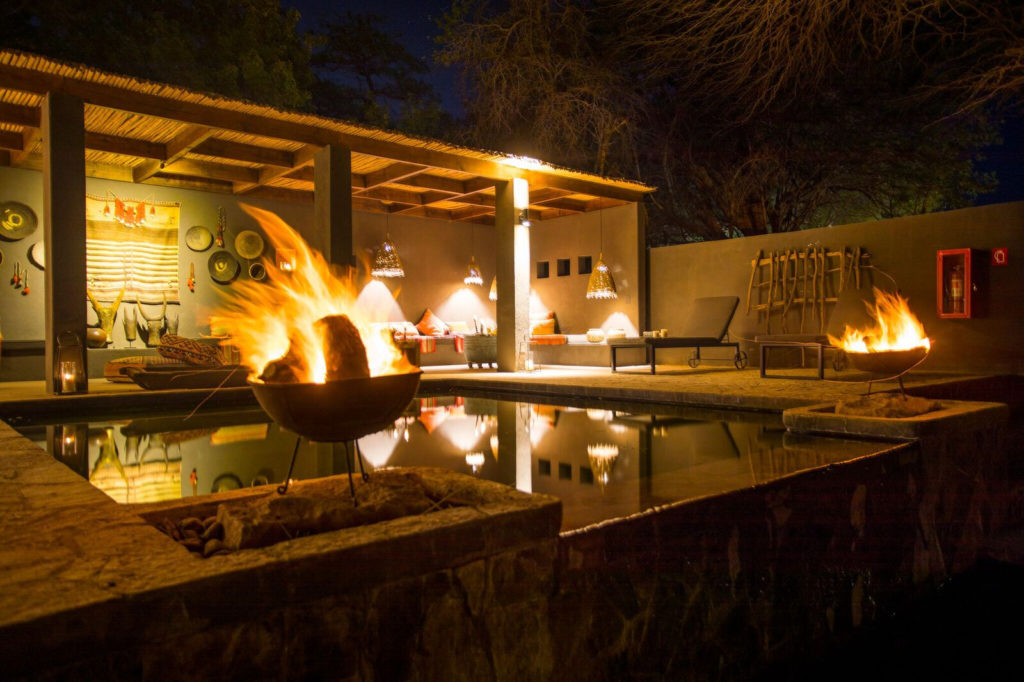
SUSTAINABILITY AT DESÉRTICA
Irrigation water
Desertica was built on the grounds of an old Atacama vegetable garden. We even decided to keep a canal irrigation system that has been used since San Pedro’s foundation. After a thorough water cleaning process, hotel used water is reused to keep this green oasis Desertica wants to share with guests and the community.
Solar Energy
We use solar energy in all hotel facilities. We want to be efficient and impact environment as little as possible. The sun is an important source of energy here with the highest potential in the world.
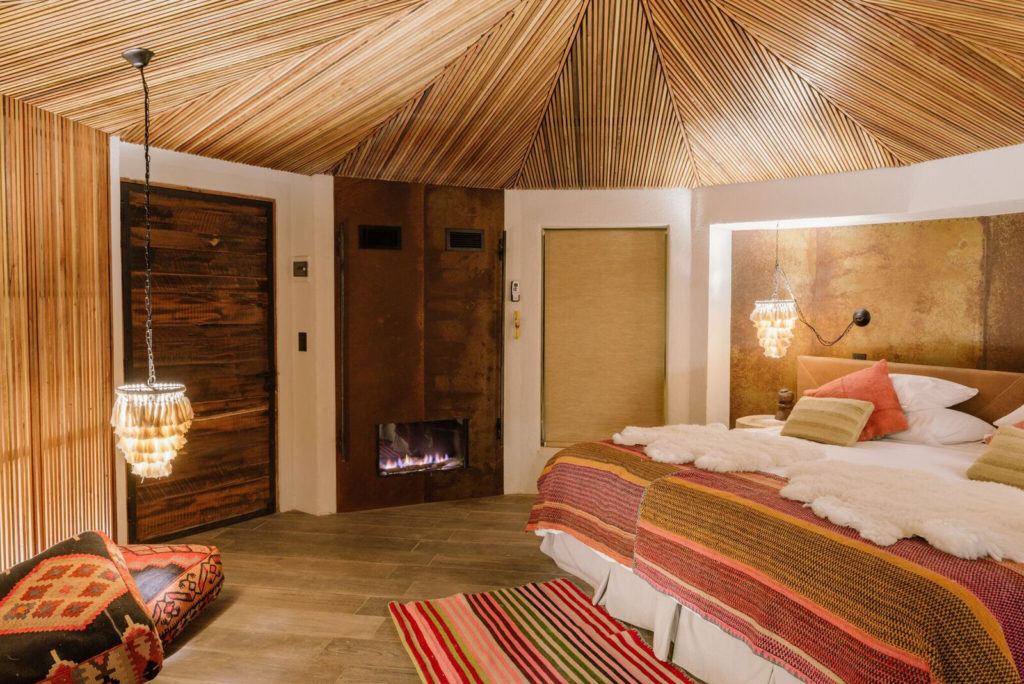
Local employment
We want to be connected with local community, having local workers to support regional sustainability. We train our service staff so they fully understand our traveller’s needs and they also feel part of the hotel recognition.
Amenities
All our bath products are organic and biodegradable.
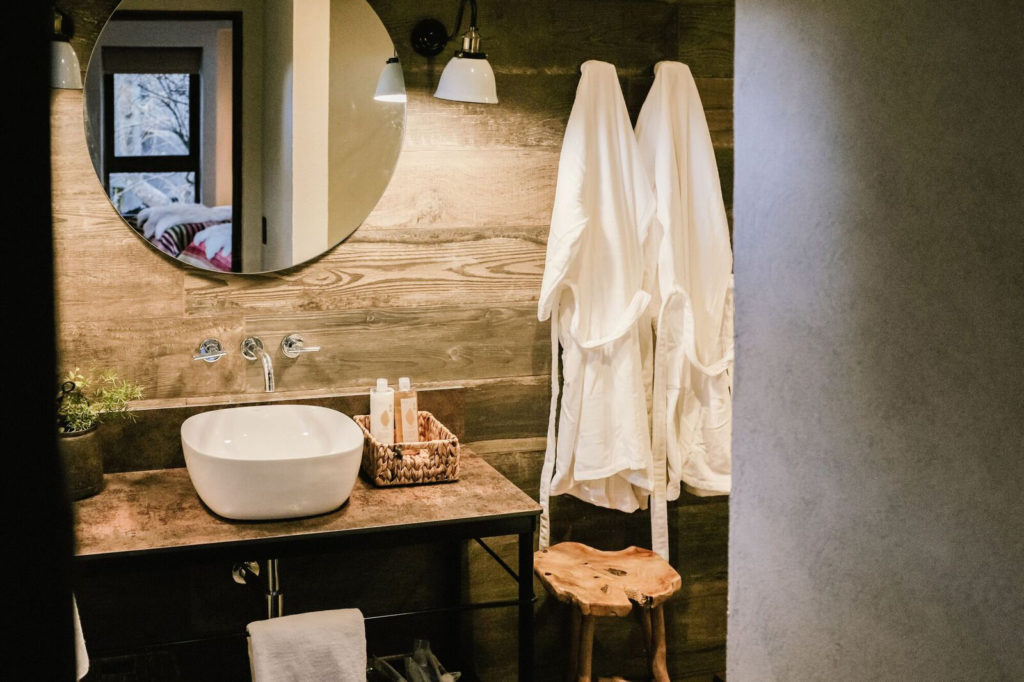
Local flavour
Terroir identity is one of our main features. We choose local products for you to experience new flavours. You will have them for breakfast and teatime. Chañar fruit, quinoa, goat cheese, olive oil and wine, all Chilean products that are part of Chilean and altiplano cuisine.
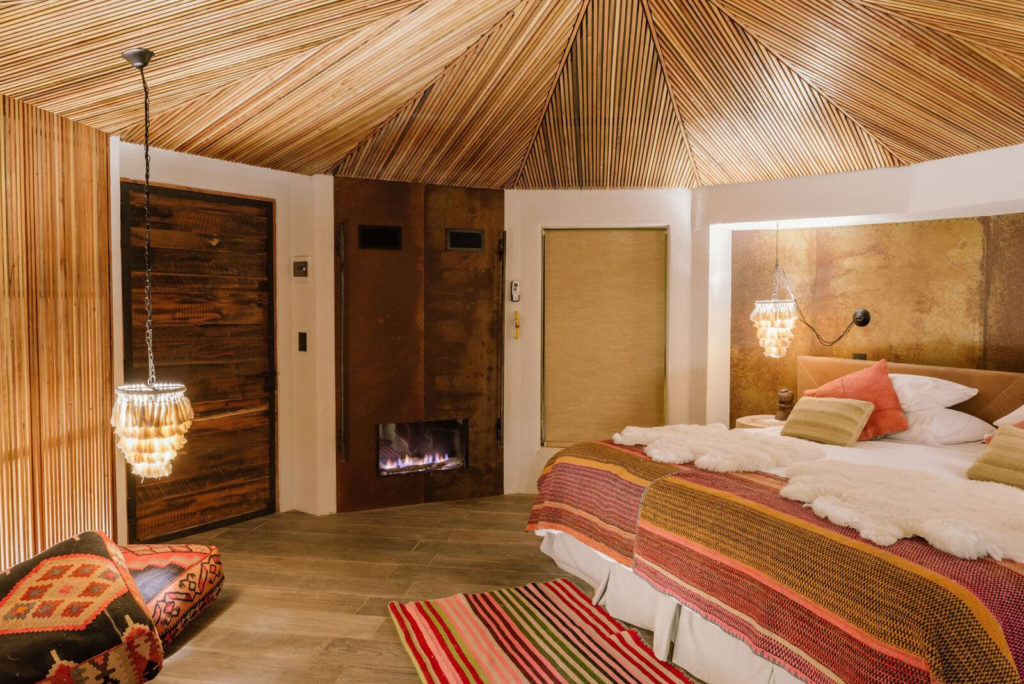
Get to know the Buenos Aires Convention Center (CEC)
The new Buenos Aires Exhibition and Convention Centre (CEC) opened in the Recoleta neighborhood in September 2017. One of the city’s most important developments in recent years, its innovative architectural design offers versatile column-free exhibition spaces over three underground levels.
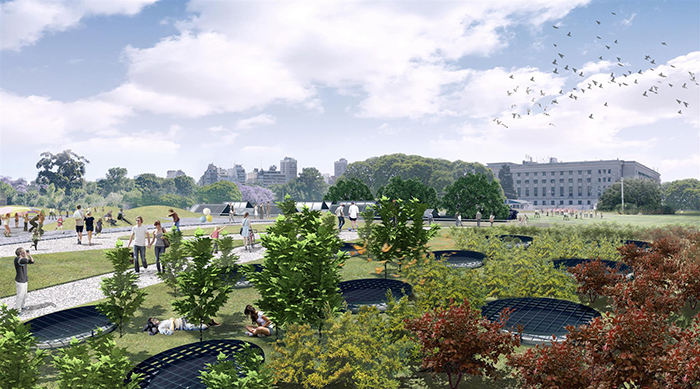
With a total exhibition space of 18,000m² and capacity for around 5,000 people, the centre boasts a plenary hall, auxiliary hall and a 1,600m² lobby. Located between the University of Buenos Aires faculty of law and Parque Thays, close to numerous bus lines, parking spaces and a future underground rail station, the centre has excellent transport connections to the rest of Buenos Aires.
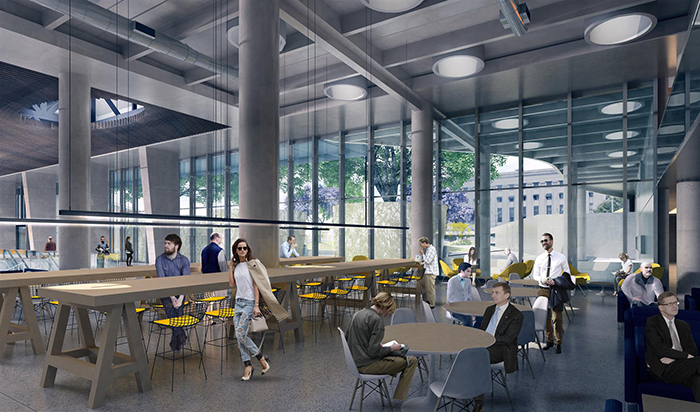
The centre’s three underground levels allowed the preservation of surrounding green spaces and trees, while innovative design features include solar panels, a careful use of natural light to save energy, and the collection of rainwater for watering plants.
